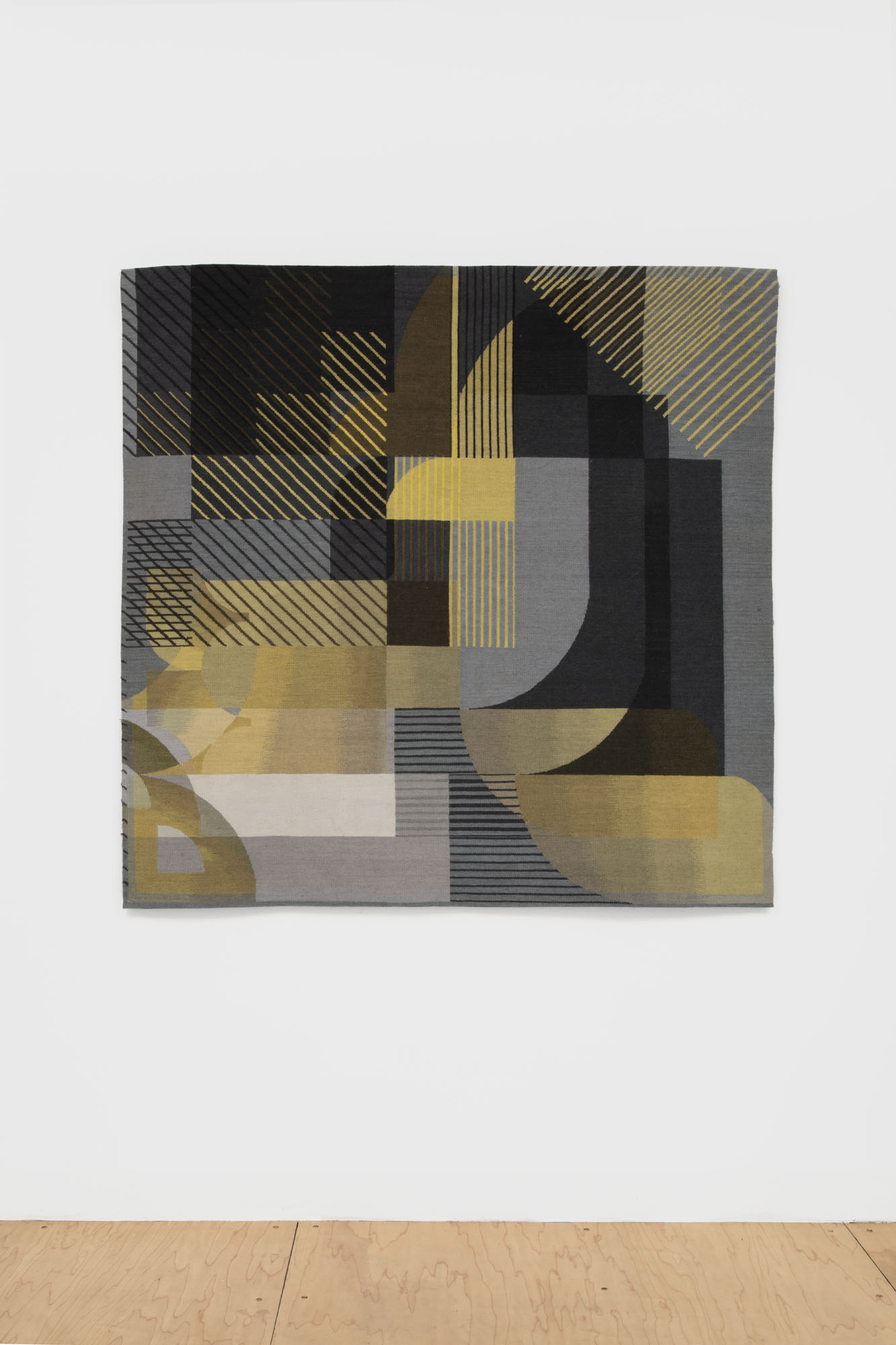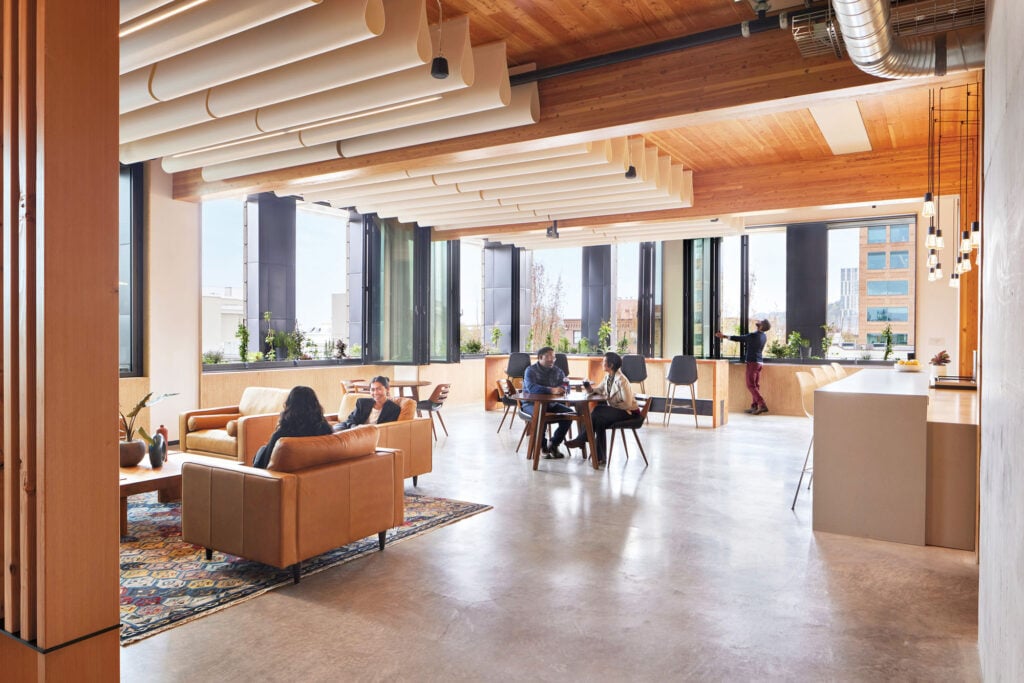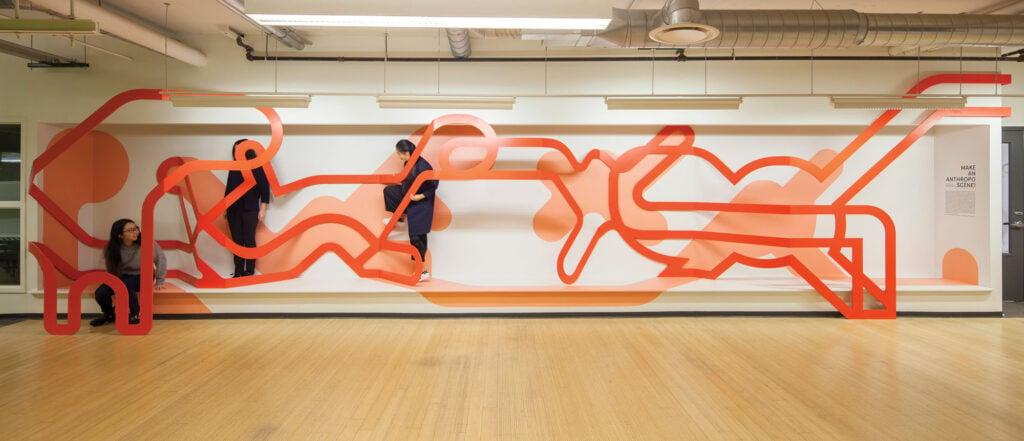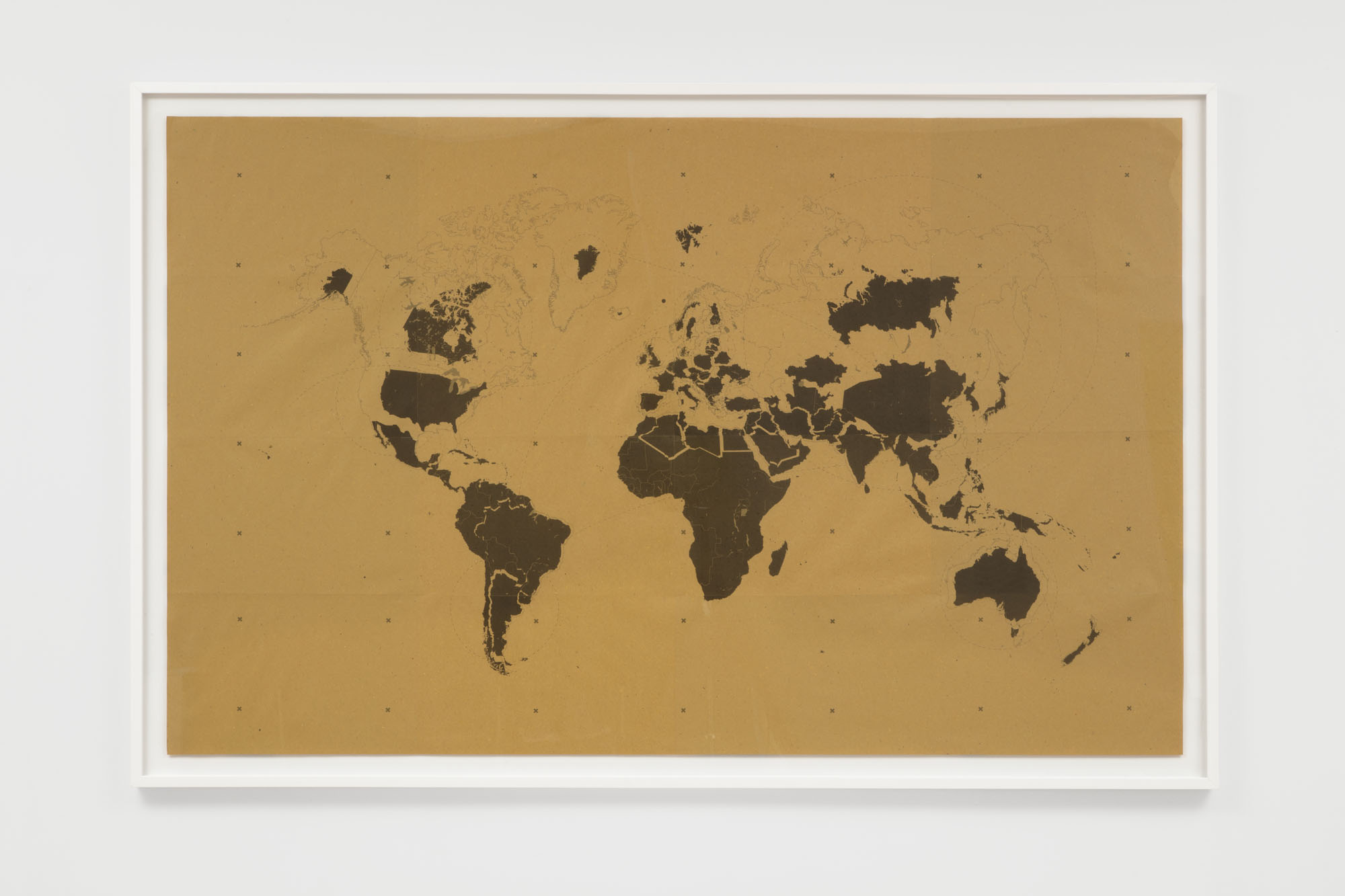
October 13, 2022
Germane Barnes’ First Gallery Exhibition Explores Narratives of Materials and Migration


Considering Black domesticity on a personal level, the materials Barnes employs each have an association a different city he has dwelled in: Steel is for Chicago’s mammoth towers; concrete pays homage to Miami Brutalism; and resin encapsulates his experiences in global metropolises. In the elongated resin and steel stool titled Los Angeles (2022), five thin hollow arch legs hold a seat—also a stretched arch—on both sides; in another square-shaped stool, small arch forms act as legs that elevate the terrazzo surface.
The majority of the exhibition’s ten artworks resulted from Barnes’s six-month residency in the American Academy of Rome where he had chance to explore one of his visual fascinations—the arch—in the form’s birthplace. From the concrete and CMU block archways of South Beach’s Art Deco architecture to Rome’s dwarfing marble and terrazzo arcades, the motif is an emblem of gentle shelter, a half circle that both envelopes and amuses the body. “Seeing a centuries old 30-foot-tall arch rather than South Florida’s nine-foot-high abstracted versions was eye-opening,” he says.
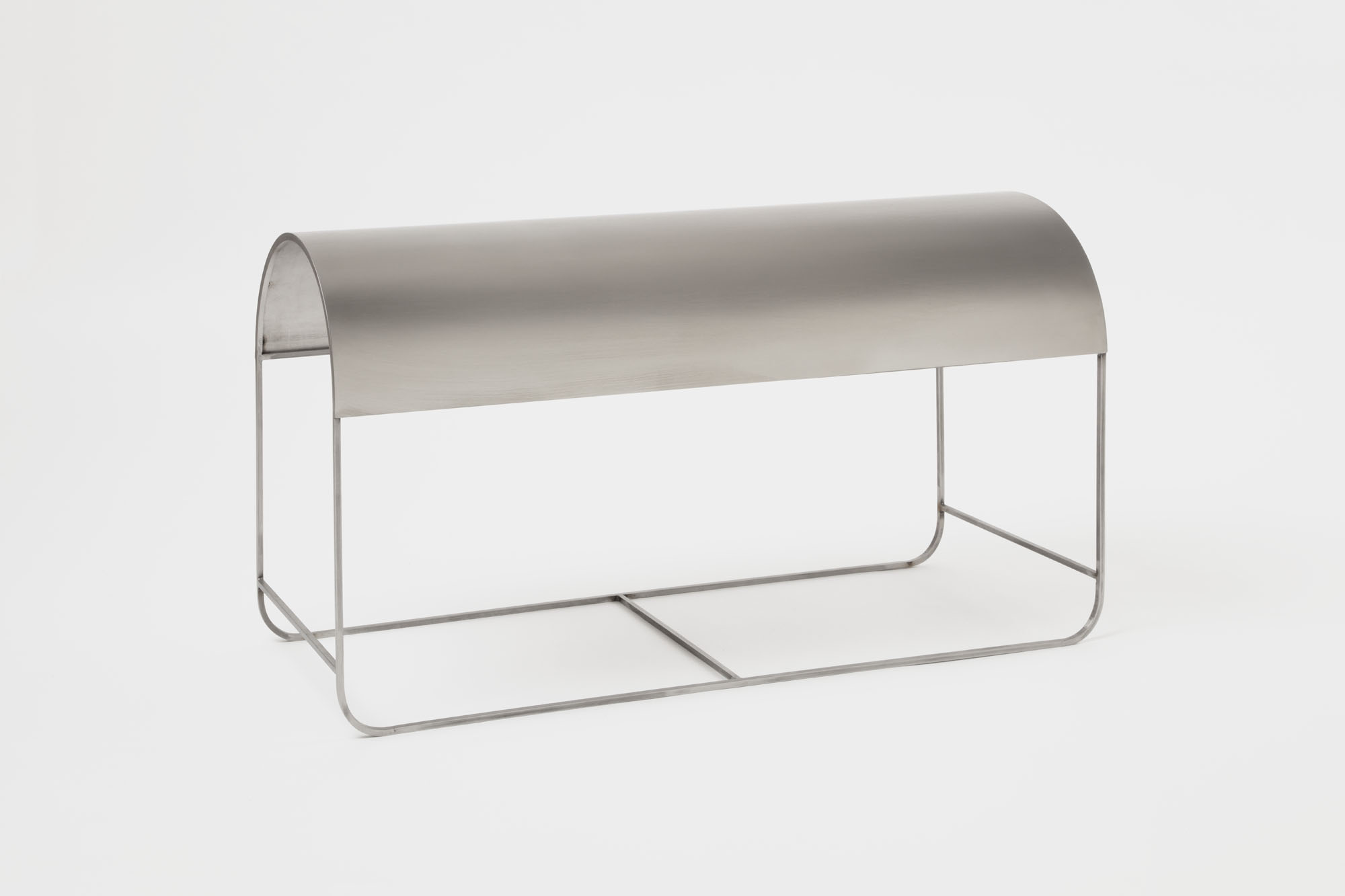
The half-year sojourn in the Eternal City also provided Barnes with a broader understanding of invisible labor: “Seeing the ruins in Ostia Antica gave me perspective on the sheer amount of people who never had the agency and authorship to what they built.” Lost at Sea (2022) is one piece in the exhibition that reflects on forced labor and migration. Printed on recycled Roman paper and cut and tiled with analog processes, the digital drawing depicts the timeline of African people’s transportation out of the continent. “People, objects, and vegetation were all taken across for trade while many were lost at sea,” he says. In addition to physical loss, ideas and their ownership also became amiss during forced migration as the work also includes detailed imagery of dates referencing to origins of the column structure that originated around Tunisia prior to the Greco-Roman culture. “Architectural history directly jumps to Doric, Ionic, and Corinthian, because a lot of the knowledge was lost at sea.”
When Barnes started working with local Roman paper during his residency, the only way to print digitally, he realized, was to cut the rolls of paper to a printer-friendly size. “I found myself cutting hundreds and hundreds of pieces of paper for hours,” he remembers. The repetitive and meditative process was not only was a reminder of care in craftsmanship but also the value in labor that often fleets before recognition. “If I created Lost at Sea in the U.S. where the printshop would cut the paper for me, without the same physical connection through time and care, it would not leave the same effect on me.”
Would you like to comment on this article? Send your thoughts to: [email protected]
- No tags selected
Latest
Projects
5 Buildings that Pushed Sustainable Design Forward in 2022
These schools and office buildings raised the bar for low-carbon design, employing strategies such as mass-timber construction, passive ventilation, and onsite renewable energy generation.
Projects
The Royal Park Canvas Hotel Pushes the Limits of Mass Timber
Mitsubishi Jisho Design has introduced a hybrid concrete and timber hotel to downtown Hokkaido.
Profiles
Meet the 4 New Design Talents Who Made a Mark This Year
From product design to landscape architecture and everything in between, these were the up-and-coming design practices making a splash in 2022.



